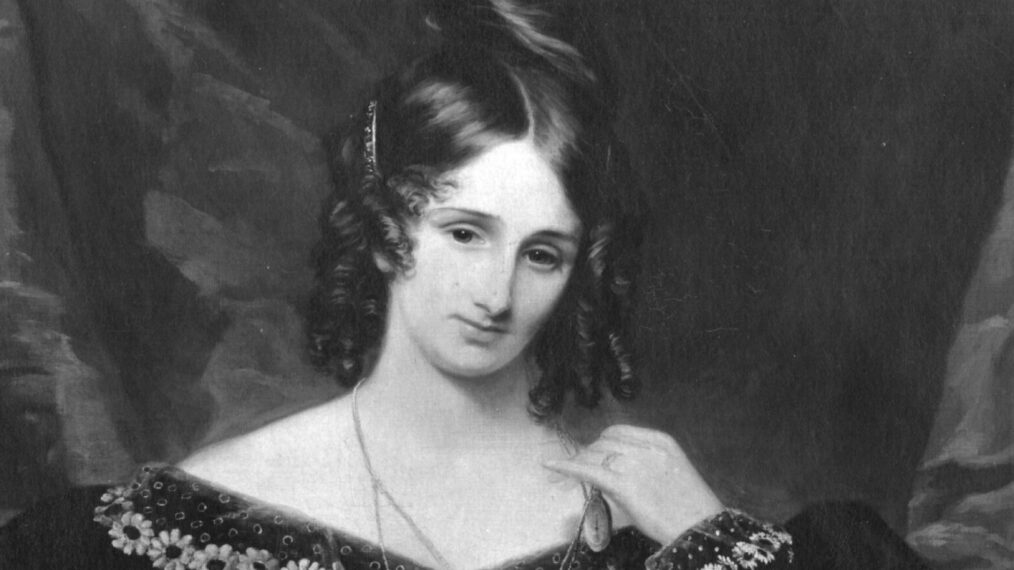The Inspiring But Tragic Life Of ‘Frankenstein’ Author Mary Shelley

Possibly even more interesting than the story within Frankenstein is the story of its author, Mary Shelley.
Born Mary Wollstonecraft Godwin on Aug. 30, 1797 and raised by her father, an anarchist and political philosopher named William Godwin, Shelley had a challenging life and upbringing. Her mother, philosopher and women’s rights advocate Mary Wollstonecraft, died from childbirth complications, and her father later remarried author Mary Jane Clairmont, with whom Shelley had a troubled relationship. Described as “quick-tempered and quarrelsome,” Clairmont much preferred her own children (a real-life case of Cinderella!) and the two never got along.
How did Frankenstein come about?
When Mary was 16, she began an illicit liaison with Romantic poet Percy Bysshe Shelley, who was a devoted follower of her father’s — and already married. Her father did not approve of their union at all, so she and Percy, along with her stepsister Claire Clairmont (with whom, it is rumored, Percy also had a relationship), absconded to Switzerland, and for the next few years they faced many troubles: ostracism from their families, constant debt and the death of their firstborn daughter in 1815. During a summer in Geneva with Romantic poet Lord Byron and British writer John William Polidori, in which they spent a lot of time amusing themselves with German ghost stories and even had a contest to write the scariest one, Mary became inspired to write the book she’d eventually become famous for, which has been adapted to the screen more times than one can count: the 1818 novel Frankenstein; or, The Modern Prometheus, considered one of the first, if not premiere example, books of science fiction. It was originally published anonymously, which was common for female authors at the time, and many attributed it to Percy before Mary eventually got credit for it. As impressive as its longevity is that Mary was only 20 when she published it.

Hulton Archive/Getty Images
In 1816, Percy’s wife Harriet died by suicide. Mary and Percy returned to England and were officially married. Although they attempted to get custody of Percy’s two children by Harriet, the court declared him an unfit parent and the children were sent to live with a clergyman’s family. Around this time, stepsister Claire also gave birth to an illegitimate child of Lord Byron’s (this family really deserves a soap opera or two). The Shelleys, along with Claire and daughter Allegra, moved to Italy in 1818, where they had three more children, two of whom died, one from dysentery and the other from malaria. The tragedy still did not end there for Mary, who was an early preacher of “free love” but only ever had eyes for her poet husband: In 1822, Percy Shelley drowned when his ship got caught in a storm.
Shelley’s health and death
In bad health, Shelley returned to England with her only surviving child, Percy Florence Shelley, and focused on her career as an author, writing and publishing five more novels before dying at age 53 of a brain tumor. Interestingly, her work would go on to be viewed as thematically opposed to her husband’s and her father’s, even with Frankenstein, which she describes in the preface as “domestic affection.”
This might be an odd way to view it, but Frankenstein is a horror story in more ways than one: For different reasons, both Victor and his monster are isolated from the world, without any connection to family or society. All the tragedies that befall them can be traced back to their isolation, the real monster in this story — and certainly something Shelley was familiar with. In a way, it can be viewed as an allegory that to stay tethered to your own humanity you must stay tethered to other humans.
